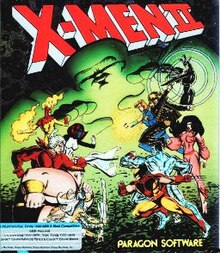
The X-Men are a superhero team appearing in American comic books published by Marvel Comics. Created by artist/co-plotter Jack Kirby and writer/editor Stan Lee, the team first appearing in The X-Men #1. Although initially cancelled in 1970 due to low sales, following its 1975 revival and subsequent direction under writer Chris Claremont, it became one of the most recognizable and successful franchises of Marvel Comics. They have appeared in numerous books, television shows, the Disney's 20th Century Studios X-Men films, and video games. The X-Men title may refer to the superhero team itself, the eponymous comic series, or the broader franchise including various solo titles and team books such as the New Mutants, Excalibur, and X-Force.

Storm is a superhero appearing in American comic books published by Marvel Comics. Created by writer Len Wein and artist Dave Cockrum, the character first appeared in Giant-Size X-Men #1. Descended from a long line of African witch-priestesses, Storm is a member of a fictional subspecies of humans born with superhuman abilities known as mutants. She is able to control the weather and atmosphere and is considered to be one of the most powerful mutants on the planet, and one of the most powerful beings in the Marvel Universe.
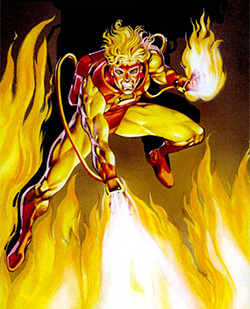
Pyro is the name of two fictional characters appearing in American comic books published by Marvel Comics.

The Brotherhood of Mutants is a fictional team appearing in American comic books published by Marvel Comics. The characters are depicted as being devoted to mutant superiority over normal humans. They are among the chief adversaries of the X-Men.

Cable is a fictional character appearing in American comic books published by Marvel Comics, commonly in association with X-Force and the X-Men. The child Nathan first appeared as a newborn infant in The Uncanny X-Men #201 created by writer Chris Claremont and penciler Rick Leonardi, while the adult warrior Cable was created by writer Louise Simonson and artist/co-writer Rob Liefeld, and first appeared in The New Mutants #87. Initially, Cable's origin was undecided and he was assumed to be a separate character. It was later decided that he was actually an older version of the child Nathan, having later become a time traveler.
Freedom Force is the name of two fictional teams appearing in American comic books published by Marvel Comics.
Forge is a superhero appearing in American comic books published by Marvel Comics, most commonly in association with the X-Men. A mutant with an unsurpassed brilliance in technology, he has had a lengthy career as a government weapons contractor. Created by writer Chris Claremont and artist John Romita Jr., Forge first appeared in The Uncanny X-Men #184.
The Adversary is a fictional character, a demonic supervillain appearing in American comic books published by Marvel Comics.
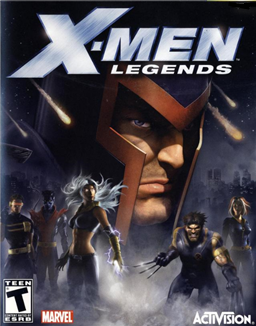
X-Men Legends is an action role-playing video game developed by Raven Software and published by Activision. It was released on the GameCube, PlayStation 2 and Xbox consoles in 2004. Barking Lizards Technologies developed the N-Gage port of the game, which was released in early 2005. Players can play as one of fifteen X-Men characters, with the ability to switch between four computer- or human-controlled characters at any time.
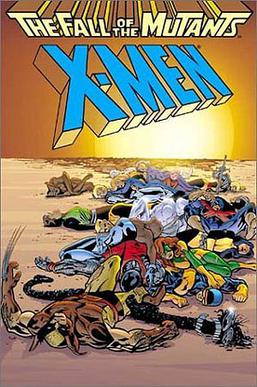
"The Fall of the Mutants" was a comic book crossover storyline by Marvel Comics spanning January to March 1988. It spanned three issues each of The Uncanny X-Men #225-227, X-Factor #24-26, and New Mutants #59-61; unlike most crossovers however, the various titles' storylines did not intertwine, but were instead linked thematically as each team underwent major ordeals and drastic changes in their status quo.
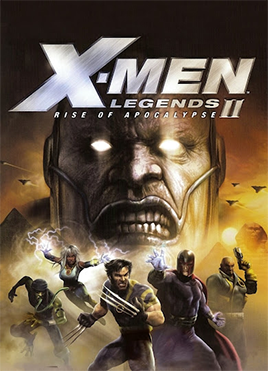
X-Men Legends II: Rise of Apocalypse is an action role-playing game developed primarily by Raven Software and published by Activision. It is the follow-up to 2004's X-Men Legends. It was released in September 2005 for the GameCube, Microsoft Windows, N-Gage, PlayStation 2, PlayStation Portable and Xbox. It is set after the events of X-Men Legends and features the mutant supervillain Apocalypse as the primary antagonist.

X-Men: Mutant Academy 2 is a 2.5D fighting game for the PlayStation video game console. It was developed by Paradox Development and published by Activision on September 18, 2001. It is the sequel to X-Men: Mutant Academy and predecessor to X-Men: Next Dimension.
Stonewall is the codename of two characters from Marvel Comics.
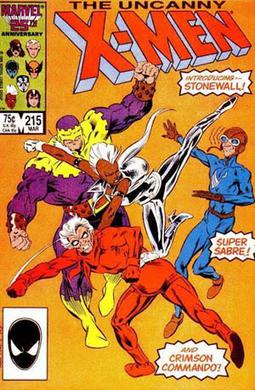
Crimson Commando is the name used by three fictional characters, which are either a mutant or a cyborg appearing in American comic books published by Marvel Comics.
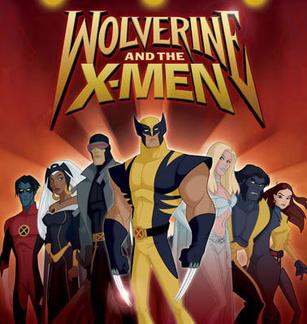
Wolverine and the X-Men is a 2009 American animated series by Marvel Entertainment. It is the fourth of five animated adaptations of the X-Men characters, the other four being Pryde of the X-Men, X-Men: The Animated Series, X-Men: Evolution, and an anime adaptation known simply as X-Men.
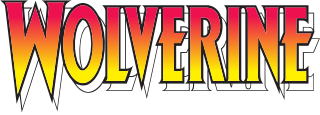
Wolverine is a fictional character appearing in American comic books published by Marvel Comics. He is one of the few X-Men characters to be included in every media adaptation of the X-Men franchise, including film, television, cartoons, podcasts, computer and video games, and is the only one to have starred in his own video games.
Jean Grey is a member of the X-Men, and has been included in almost every media adaptation of the X-Men franchise, including film, television and video games.
Magneto, a character appearing in American comic books published by Marvel Comics, has been included in almost every media adaptation of the X-Men franchise, including films, television series and video games.
This is a list of all non-comics media appearances of the Marvel Comics character, Professor X.

"Days of Future Present" is a storyline published by Marvel Comics, appearing in the 1990 annuals of Fantastic Four, X-Factor, New Mutants and The Uncanny X-Men. Centered on the appearance of an adult version of the powerful mutant Franklin Richards, it is a sequel to the popular "Days of Future Past" story arc from The Uncanny X-Men #141–142. The storyline unites the Fantastic Four, X-Factor, the New Mutants, and the remnants of a then-disbanded X-Men against a common foe from a dystopian alternate future. It features the first appearance of Gambit, and the first encounter between Jean Grey and her alternate future daughter Rachel Summers. Cyclops' baby son Nathan Christopher Charles Summers and the full-grown mutant antihero Cable are depicted in this story as two separate individuals, although they are subsequently revealed to be one and the same.
